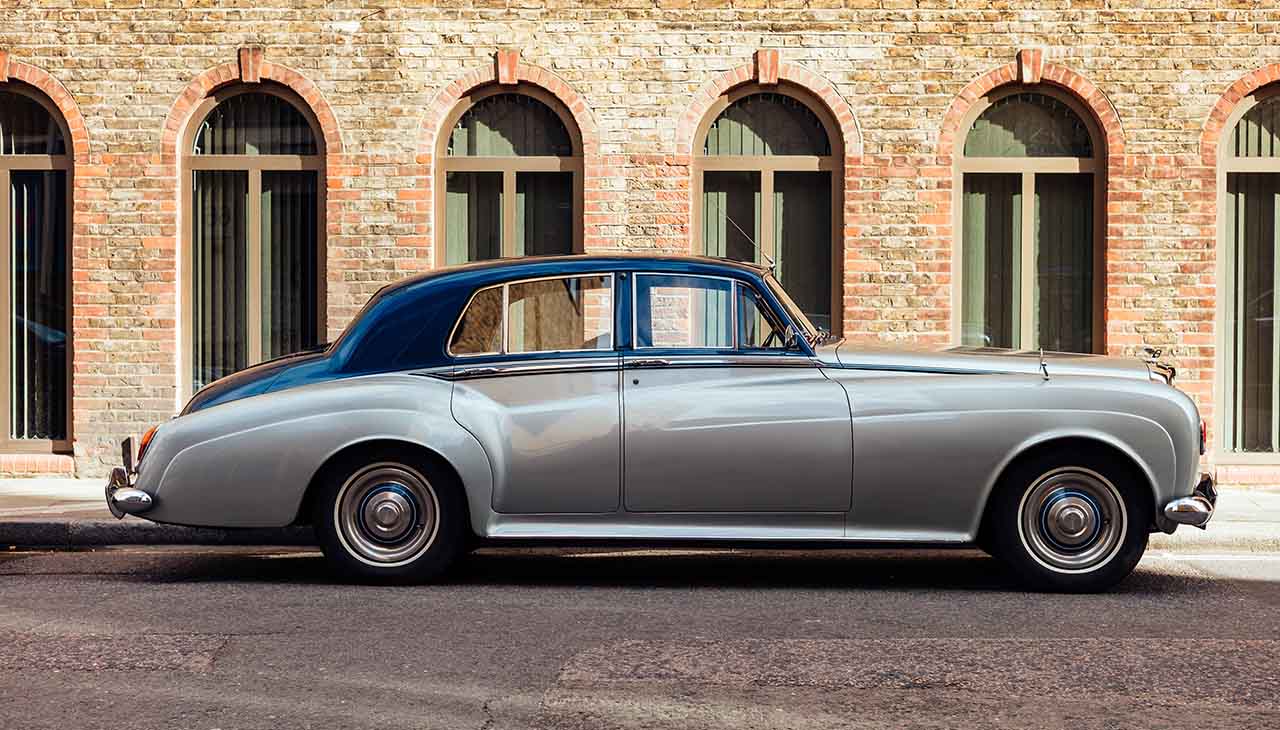
Classic cars have always held a special place in the annals of cinema, offering not just a glimpse into the automotive designs of the past but also serving as iconic symbols that define certain eras and characters. From the roaring engines of the ’60s muscle cars to the elegant curves of pre-war convertibles, classic cars in movies are more than just modes of transport; they are characters in their own right, each with a story to tell. This document aims to explore the memorable appearances of classic cars in film, highlighting how they contribute to storytelling, character development, and the setting of a scene, enriching the cinematic experience and leaving a lasting impact on audiences worldwide.
Early Days: 1920s-1950s
The era spanning the 1920s to the 1950s marked a golden age for both cinema and automotive design, making cars featured in films from this period particularly poignant. One quintessential example is the 1932 Ford V-8 in Bonnie and Clyde (1967), a film set during the Great Depression. This car, although featured in a movie much later than the era it represents, became an emblem of the rebellious spirit of its titular characters, blending historical authenticity with the romanticized allure of the outlaw. Similarly, the graceful 1948 Tucker Sedan in Tucker: The Man and His Dream (1988) not only serves as a central plot device but also symbolizes innovation and the pursuit of the American dream amidst post-war optimism.
In these early films, classic cars were not merely backgrounds or props but integral to the narrative, shaping the on-screen image of characters and the atmospheres of the settings. Through their designs, colors, and the sounds of their engines, they conveyed traits such as elegance, power, or defiance—elements crucial to the cinematic lexicon. This nuanced integration of cars into films underscores their role in storytelling, making them enduring icons not just of automotive history but of cinema itself.
Golden Age: 1960s-1980s
The Golden Age of cinema, spanning the 1960s to the 1980s, witnessed an evolution in filmmaking techniques and storytelling, paralleled by significant advancements in automotive design. This period brought with it iconic vehicles that not only complemented the aesthetic of the movies they appeared in but also played pivotal roles in defining the style and tone of these films. For instance, the sleek lines and roaring engine of the 1968 Ford Mustang GT 390 in Bullitt (1968) became synonymous with the film’s gritty, high-octane energy, embodying the cool and determined nature of Steve McQueen’s character. Similarly, the 1976 AMC Pacer in Wayne’s World (1992), though not traditionally “classic” in the sense of elegance or performance, perfectly captured the quirky, offbeat humor of its characters, underscoring the film’s tone and setting.
Another vehicular star of this era that left an indelible mark on cinematic history is the 1981 DeLorean DMC-12 from Back to the Future (1985). More than just a mode of transportation, the DeLorean, with its gull-wing doors and futuristic design, became a symbol of adventure and the limitless possibilities of time travel, intricately woven into the narrative’s fabric. The car’s unique appearance and its role as a time machine were central to the film’s theme of change and the impact of personal choices on the future.
These examples highlight the profound influence classic cars have on the ambiance and narrative direction of films. By carefully selecting vehicles that resonate with the characters, settings, and time periods they intend to portray, filmmakers use classic cars to add depth to their stories, subtly communicating traits and emotions, and in doing so, create memorable cinematic moments that captivate audiences and endure through generations.
Modern Times: 1990s-Present
In contemporary cinema, from the 1990s to the present day, classic cars continue to evoke a sense of nostalgia and aspiration, serving as tangible links to the past while simultaneously symbolizing the timelessness of certain aspirations and values. Films of this era have adeptly used classic cars to evoke a sense of yearning for a bygone era, often representing ideals such as freedom, rebellion, or a simpler life. For instance, the 1961 Ferrari 250 GT California featured in Ferris Bueller’s Day Off (1986) brings to life teenage dreams of adventure and escapism, imbuing the film with a sense of yearning and aspiration that resonates deeply with audiences.
Furthermore, classic cars in modern films often serve as characters themselves, encapsulating the essence ofAn error occurred during generation. Please try again or contact support if it continues.
Impact on Pop Culture
Classic cars in cinema have not only ignited the imaginations of moviegoers but have also pervaded various spheres of popular culture, influencing fashion, music, and broader cultural trends. The sleek designs and distinctive features of these vehicles have transcended the screen to become symbols of style, rebellion, and sophistication. For instance, the cool, unruffled look of Steve McQueen in Bullitt alongside his Ford Mustang GT 390 sparked a fascination with leather jackets and aviator sunglasses, emblems of a rebellious yet refined masculinity. Similarly, the 1955 Chevrolet 150 from American Graffiti (1973) encapsulated the essence of 1950s Americana, inspiring a nostalgic resurgence in rock ‘n’ roll music, diners, and the greaser fashion aesthetic associated with that era.
In music, films featuring iconic vehicles have inspired countless songs and music videos that evoke the sense of freedom and adventure these cars symbolize. Bands and artists often reference classic cars as motifs of escapism and romance, reinforcing the cars’ statuses as cultural icons. The influence of these cinematic vehicles extends into events and gatherings as well, with car shows and meetups dedicated to the appreciation of the models made famous on the silver screen, further cementing their place in pop culture. This interplay between classic cars, cinema, and popular culture underscores the profound impact these symbols of engineering and design have on our collective identity and aspirations, shaping trends and attitudes far beyond the confines of the automotive world.